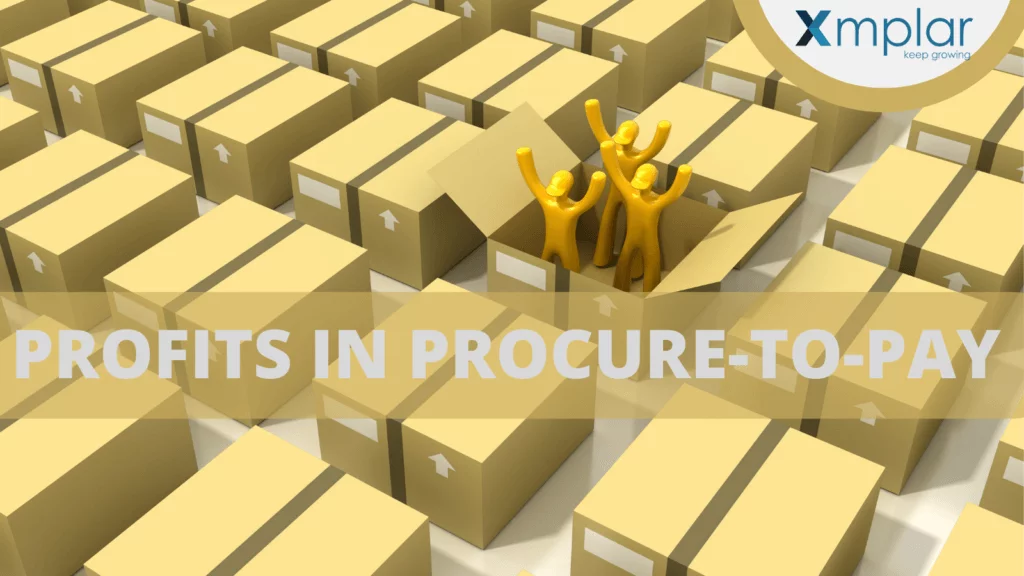XMPLAR
January 31, 2022
Procurement is quite often seen as a mundane, routine activity by most businesses, SMEs especially so. This stops them from exploring the potentially numerous ways in which they could derive value out of the function.

Central to the procurement or purchasing function are the lists of Suppliers and Items. These are maintained in spreadsheets or accounting apps or partly in both, if the business is still not using an ERP. While accounting packages do not offer the option to capture detailed information about either Suppliers or Items, users overcome the shortcomings with spreadsheets. However, that still may not introduce them to global best practices.
In the case of Items, which could be a raw material, component, service etc., having access to very detailed records, or ‘masters’, would be a boon most of the time. If the business can answer questions like who the preferred supplier for a given item is, what their re-order quantities are, order fulfilment time, price history etc., it is in a good position to get value out of procurement function. Then comes automating procurement with re-order levels, ensuring stock availability by setting the minimum inventory levels, or keeping the warehouse tidy by setting the maximum inventory levels etc.
If there are hundreds or thousands of items with varying attributes, the importance of the above need not be emphasized more. There is a cost to be borne for every shortage, or excess stocks. There are big economies associated with standard shipping weights, package sizes etc. Whether it is a pure trading operation or manufacturing business, quite a lot of the profit-making potential lies in managing these aspects and not in the sales margins per se. It is important to keep a decent sales mark-up, but that should not be to make up for inefficiencies elsewhere.
In the procure-to-pay cycle also, considerable energies and money are spent on identifying the right supplier for an order and discovering the best price possible. An RFQ (Request for quote) process is usually the right thing to do if you have several suppliers for an item. There are numerous factors that influence prices at any given time and it is profitable to look for the best terms for every order. A supplier who offers a cheaper price may still not be picked because of a longer shipping time. Here too, it becomes terribly slow and costly to adopt a manual RFQ process. Some firms follow the RFQ route only for very costly items or for large orders. Automating RFQ generation and sending out the RFQs to listed suppliers, recording their offers and picking the right supplier are not difficult to do.
Inbound Shipping time or the time it takes an order to reach your destination address is another area where you could end up reducing your profits or adding to your costs of procurement. If inbound shipments are not closely tracked, they could reach you later than expected, causing production holdups or cancellation of customer orders. Here too, manual systems could fail you. You need to plan for custom clearances, transit shipping to warehouse etc., which normally involve third parties. Slippages could lead to demurrages, unnecessary freight costs, warehouse not ready to receive inbound shipments etc.
Just some of the scenarios that highlight how streamlining procurement alone can boost your bottom-line. No SME or, even large enterprise for that matter, should overlook these if they want to be competitive and profitable. A big part of working capital gets blocked in inventories and vendor payables. If you pay your suppliers in a shorter period than your customers take to pay you, your working capital would perpetually be negative. A good ERP can help you automate all the above processes and will integrate inventory, purchase, and finance functions seamlessly. With in-built workflows that automatically activate the next process, you can hardly miss a step.
